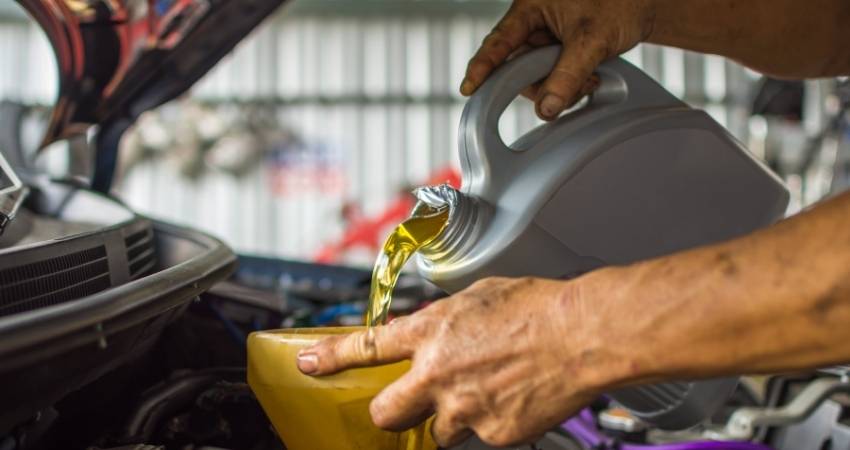4. Can I Use Car Engine Oil in My Harley?
If you’re really in a bind and you just need simple lubrication for your motorcycle, you may be able to use car engine oil temporarily.
However, if used repeatedly, this may cause damage to your Harley, as motorcycle oil has extra lubricants and frictional additives which optimize it for motorcycle performance.
5. What’s the Difference Between Primary Fluid, Transmission Fluid, and Motor Oil on a Harley?
So, if there are three sumps on your Harley Davidson motorcycle, what purpose does each one serve?
And if all three sumps are collecting some kind of lubricating oil, can you use one motor oil for all three Harley sumps?
The truth of this matter comes down to personal preference.
For some, it is inadvisable to put anything other than primary fluid in the primary fluid sump, because it was designed with primary fluid in mind.
Others know that primary fluid is similar in viscosity to SAE 50 motor oil and, in a pinch, this can work instead of lubricant branded for this particular sump.
When it comes to transmission fluid, generally a higher viscosity lubricant than 20W-50 is recommended.
This optimizes performance in cold weather, boosts fuel economy, and improves gear transitions.
However, some don’t mind hearing the “clunk” of a transitioning gear or don’t have to worry about cold weather.
For those people, one motor oil for all three sumps may be sufficient.



